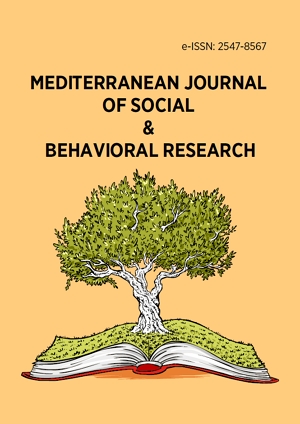Abstract
The purpose of the study is to evaluate the Compliance with the Content and Visual Design Principles of the 8th Grade Cyprus Turkish History Textbook prepared by the TRNC Ministry of National Education and Culture, which is used in the 2019-2020 academic year, with scales prepared in advance by three expert teachers. The sample of the study consists of the 8th grade Cyprus Turkish History Textbook taught in public secondary schools in the 2019-2020 academic year. In order to collect the data, the relevant literature was examined in accordance with the research, and a study was carried out using the scanning model technique, one of the quantitative research methods. In the analysis of the data, the data obtained with the scales applied by the expert teachers were analyzed and prepared.
License
This is an open access article distributed under the Creative Commons Attribution License which permits unrestricted use, distribution, and reproduction in any medium, provided the original work is properly cited.
Article Type: Research Article
MEDITERR J SOC BEH RES, Volume 4, Issue 3, October 2020, 53-58
https://doi.org/10.30935/mjosbr/9602
Publication date: 01 Dec 2020
Article Views: 1612
Article Downloads: 1239
Open Access References How to cite this article
 Full Text (PDF)
Full Text (PDF)